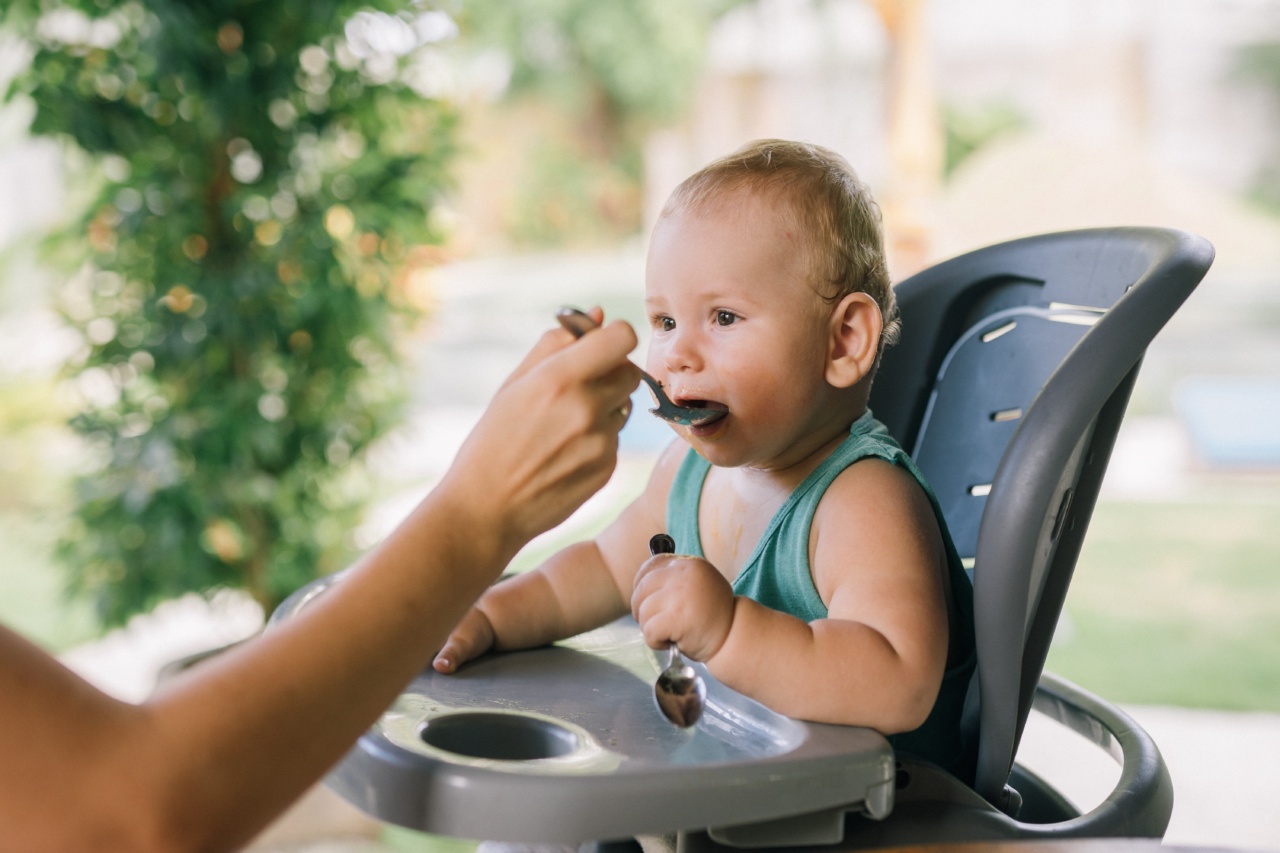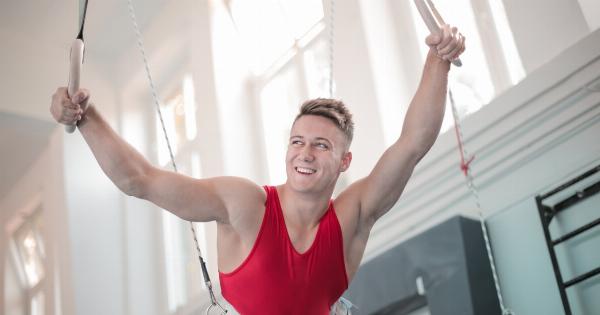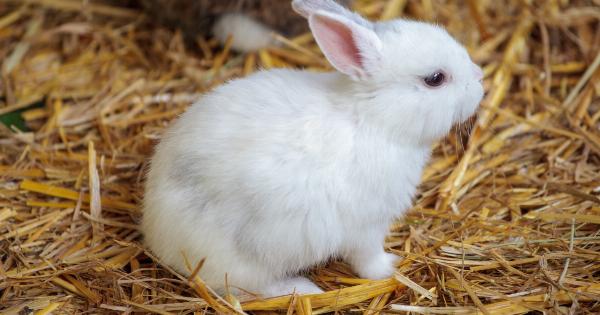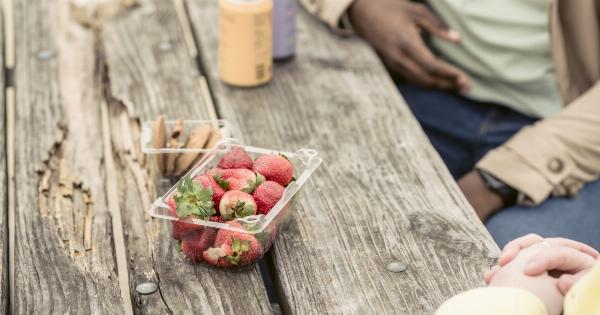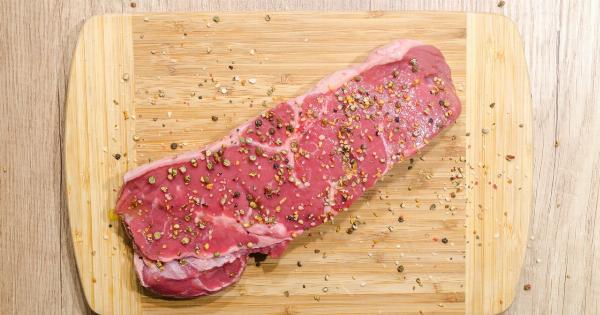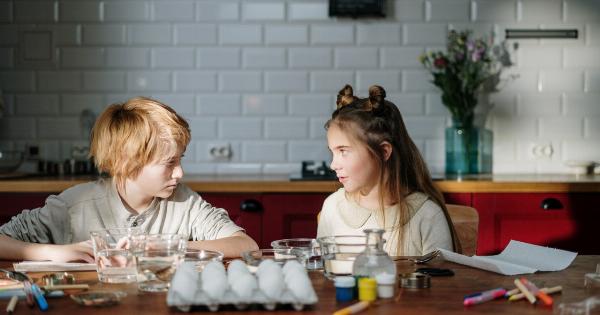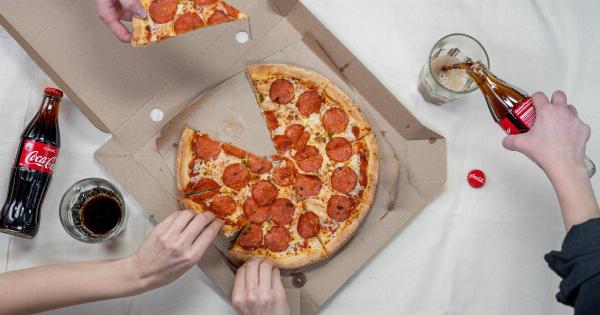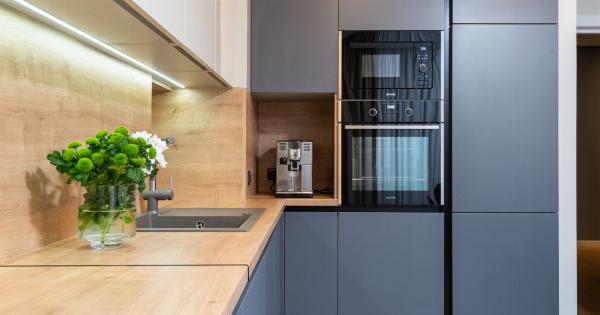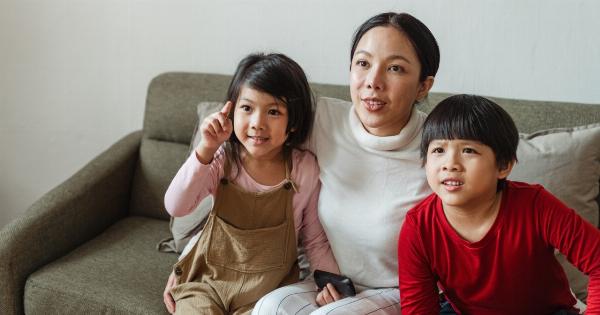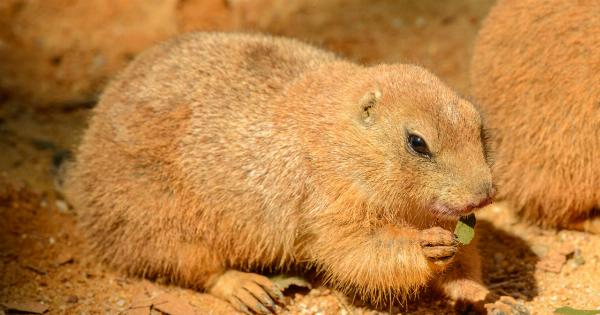When babies start to crawl, it marks a significant milestone in their physical development. It is a thrilling time for both the baby and their parents, as they explore their surroundings in a whole new way.
However, this newfound mobility can also bring about potential safety hazards, one of which is the presence of rugs. While rugs may seem harmless at first glance, they can pose a considerable risk to a crawling baby’s safety. In this article, we will delve into the dangers rugs can present and explore ways to mitigate these risks.
The Hidden Hazards of Rugs
Rugs may appear innocuous, but they can harbor various safety hazards for a crawling baby. Here are some common dangers associated with rugs:.
1. Slipping and Tripping Hazards
Rugs that do not have proper grip or anti-slip features can be a slipping and tripping hazard for a crawling baby. The smooth surface of some rugs, combined with a baby’s lack of coordination and balance, increases the likelihood of accidents.
Babies may lose their footing and slide, causing potential injuries or falls onto hard surfaces.
2. Choking Hazards
Rugs often accumulate dust, dirt, and small objects over time. These objects may include small toys, buttons, or food particles that can pose choking hazards if picked up by a curious crawling baby.
Babies explore their environment using their hands and mouths, making it crucial to keep rugs free from potential choking hazards.
3. Allergenic Triggers
Rugs, particularly those made from fibers such as wool or synthetic materials, can trigger allergies in babies. Dust mites, pet dander, and other allergens can accumulate within the fibers, leading to respiratory discomfort and allergic reactions.
Babies with pre-existing allergies or sensitivities are particularly susceptible to these triggers, making it essential to keep rugs clean and allergen-free.
4. Hazardous Chemicals
Rug materials often undergo treatments that involve the use of chemicals, such as flame retardants, stain repellents, or dyes. These chemicals can emit harmful volatile organic compounds (VOCs), which may have adverse health effects on babies.
Crawling babies are in close proximity to rugs, exposing them to these potentially hazardous chemicals.
5. Burns and Scalds
Rugs placed near fireplaces, heaters, or hot appliances can pose burn risks to crawling babies. Babies are naturally curious and may reach out to touch or grab objects within their reach.
If a hot object or surface is in contact with a rug, it can transfer the heat, leading to burns or scalds if a baby comes into contact with it.
6. Entanglement Dangers
Rugs with loose threads, tassels, or fringes can present entanglement hazards for crawling babies. Babies may instinctively grab at anything within their reach, and if a rug has loose elements, there is a risk of entangling their fingers or toes.
This can cause injury or restrict their movement, leading to potential accidents.
7. Uneven Surfaces
Rugs that have uneven surfaces, such as those with raised or bumpy patterns, can impede a baby’s crawling progress. Crawling requires a smooth and stable surface for babies to explore freely and develop their motor skills.
Uneven rugs may hinder their progress, affecting their balance and coordination.
8. Bacterial Growth
Rugs can harbor bacteria and germs, especially in areas where spills or accidents occur frequently.
Crawling babies have a tendency to put their hands or objects they find on the floor into their mouths, increasing the risk of ingesting harmful bacteria. Regular cleaning and maintenance of rugs are essential to prevent the growth and spread of bacteria.
9. Floor Transition Hazards
Transitions between different floor surfaces, such as from hardwood to a carpeted rug, can be a stumbling point for crawling babies.
The abrupt change in height or texture can cause a baby’s hands or knees to get caught, leading to falls or injuries. Ensuring a smooth and gradual floor transition can prevent accidents in these areas.
10. Overheating Risks
Rugs, particularly those with thick or insulating materials, can cause babies to overheat. Crawling generates body heat, and when combined with a warm rug, a baby can become excessively sweaty and uncomfortable.
This may increase the risk of dehydration or heat-related illnesses.
Protecting Your Crawling Baby
While rugs can present numerous safety concerns for crawling babies, there are several measures parents can take to mitigate these risks:.
1. Choose Baby-Friendly Rugs
Opt for rugs specifically designed with baby safety in mind. Look for rugs with non-slip backing, low pile height, and easy-to-clean materials. These rugs provide a safer surface for crawling babies and reduce slipping hazards.
2. Secure Rugs to the Floor
Use double-sided rug tape or non-slip rug pads to ensure rugs stay firmly in place. This minimizes the chances of rugs slipping or bunching up, reducing tripping hazards for babies.
3. Regularly Clean and Vacuum Rugs
Maintain a clean environment by regularly cleaning and vacuuming rugs to eliminate allergens, dust mites, and potential choking hazards. This promotes a healthier and safer crawling space for babies.
4. Keep Small Objects Away from Rugs
Ensure there are no small objects or toys near rugs that a baby can pick up and potentially choke on. Regularly inspect the area around the rug to remove any potential hazards.
5. Avoid Chemical Treatments
Choose rugs that are free from chemical treatments or opt for organic or natural fiber rugs. This reduces the risk of exposing crawling babies to harmful VOCs emitted by treated rugs.
6. Establish a Safe Play Area
Create a designated crawling and play area for your baby with safety measures in place. This allows you to control the environment and keep potential hazards, including rugs, at a safe distance.
7. Check Rug Temperature
Ensure rugs are not in direct contact with hot surfaces or objects that can cause burns. Regularly check the temperature of rugs near heaters or fireplaces to prevent accidental burns to your crawling baby.
8. Trim Loose Threads and Fringes
Inspect rugs for loose threads, tassels, or fringes, and trim them to prevent entanglement hazards. Maintain the rug’s safety by ensuring there are no loose elements that can pose a risk to your baby.
9. Provide Smooth Floor Transitions
When placing rugs on different floor surfaces, ensure a smooth transition by securing the edges or using materials that facilitate safe movement. This prevents stumbling and tripping hazards for crawling babies.
10. Monitor Your Baby
Never leave your crawling baby unattended, especially in areas with rugs. Continuous supervision allows you to intervene quickly in case of any potential danger or accident.
